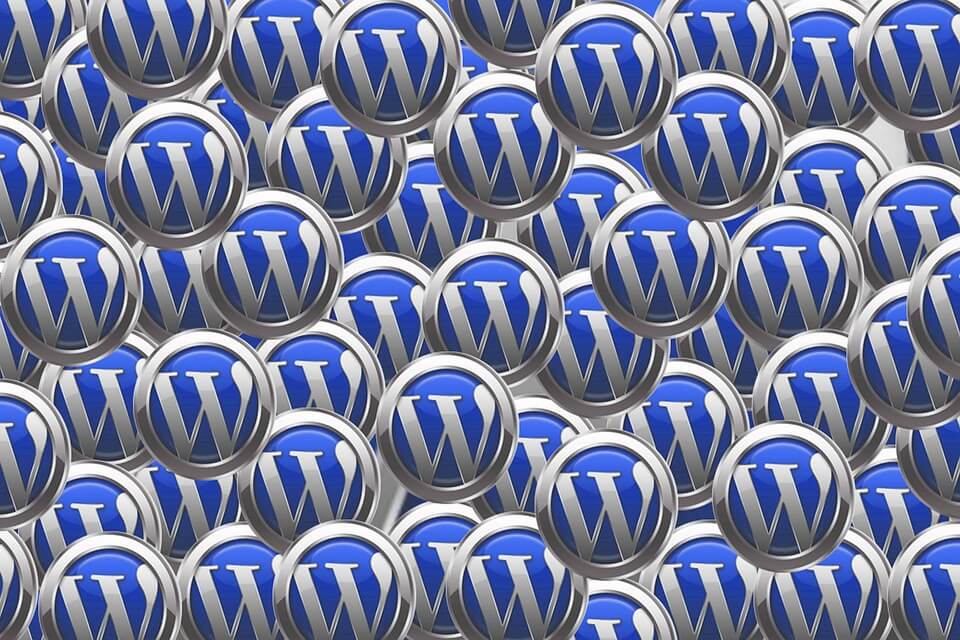WordPress today is regarded as the most impressive and powerful content management and blogging system that is currently available online. Clients actually love it since it is easy, simple, and convenient to set up. It is known for having a user-friendly approach and has a number of plug-ins. Most developers prefer WordPress as it offers easy and smooth functionality and decent quality. There is a constant increase in the number of websites that are using WordPress today. WordPress developer is the way ahead of the competition and they have certainly found a niche for themselves in the industry today.
Job Profile
A WordPress Developer is responsible for front-end and back-end development including generating WordPress plug-ins and themes. This position would be requiring an effective combination of aesthetics and programming skills. You must create your job profile in order to have a job description for a WordPress developer.
A candidate would need to have a high level of competence in PHP, JavaScript, HTML5, and CSS3. He must have a clear understanding of the font choices, color, and on-screen element arrangements. One must possess a sound knowledge of the content management systems and also industry trends. He must be conversant with the principles of adaptive and responsive design.
The prospective candidate must possess a sound knowledge of the complete web development process and that may include design, development, and also effective deployment.
A WordPress Developer should master the art of developing complex, custom WordPress-related solutions and also PHP framework-oriented solutions. He is supposed to aid account managers, sales staff, and others in web project planning, requirements gathering, and usual technical questions. He is expected to provide leadership in determining and developing new technologies.
One must lead in all endeavors toward identifying effective methods and strategies for advancing the web offerings of the company he is working for. He is expected to aid other developers in system designing and implementation.
A WordPress Developer must be responsible for server maintenance, as well as, server monitoring. He would be supporting existing client websites by efficiently providing technical support.
Job Prerequisites
A WordPress Developer must have a Bachelor’s degree in a relevant field or he must possess a comparable level of experience in the field of web development. You must possess substantial experience and working knowledge of CSS/ HTML, PHP, MySQL, intermediate JavaScript, Linux, and DNS.
He must have adequate experience in WordPress development. You must be capable of understanding client issues and accordingly, developing effective software solutions right from system designing to implementation.
He should be able to deploy Salesforce changesets. He must possess exceptional communication skills and must be well-equipped with excellent time management skills.
Skills &Responsibilities
- A WordPress Developer must possess a wide spectrum of skills and fulfill a whole lot of responsibilities
- Adequate experience and expertise in WordPress related PHP
- Sound knowledge of the inbuilt WordPress functions
- Must aid in the creation of customized post types
- Must help in creating Widgets/ plug-ins written for conforming to the existing WordPress coding standards
- Expertise in the art of designing and implementing novel/ innovative features and functionality
- Be responsible for establishing, as well as, supervising any specific website’s architecture
- He would be responsible for ensuring availability and high performance. Also, he must be capable of handling competently the CMS’s technical aspects
- He must help in formulating a responsive and effective design and converting it into a good working theme, as well as, plug-in
- However, he must contribute fruitfully to all conversations and discussions regarding the ‘scope of build’ with his project managers, development team, designers, etc
- He must have sound knowledge of integration of sliced PSD files into WordPress or other systems
Reasons for Becoming a Top of the Line WordPress Developer
If you are aspiring to become a successful WordPress Developer go ahead with your dreams. There are more reasons than one to pursue a high-flying career as a WordPress Developer. Some of the prominent reasons are:
Making Maximum Money
Today, there is a very high demand for WordPress development. Clients are more than willing to pay impressive salaries to the top-line developers in the industry.
Getting the Best Clients
If you are also one of the top-line developers, you would be very much in circulation. You would have enough projects in your hands at all times, so you could also exercise the liberty of saying no to the clients, who are offering you projects you are just not interested in doing. You would be choosing only the best projects and working for the best clients only.
Becoming Influential
If you are a top-level WordPress Developer, you would be having a lot of influence, tremendous capability and of course, the responsibility of shaping the future of WordPress and its associated ecosystem.
Conclusion
It involves a lot of dedication, devotion, and hard work to become a WordPress developer. Remember no career aspirations could be fulfilled without single-minded determination, energy, and patience.
There are various reasons mentioned above in order to become a top-line WordPress developer. So, You must follow the above tips to be a successful developer.
You are welcomed to ask any queries if you have in the comment section below.
Read Also:






















